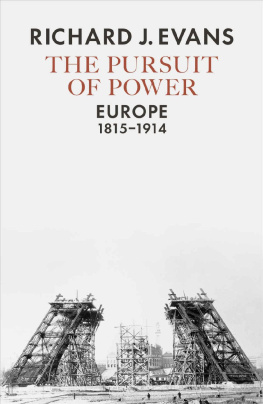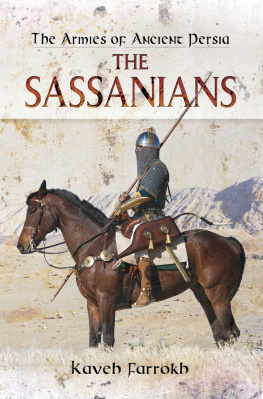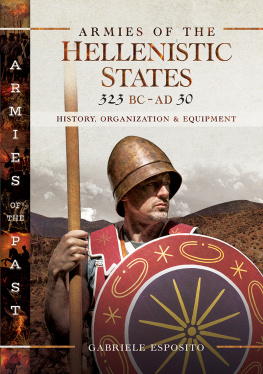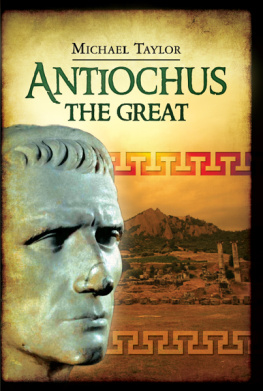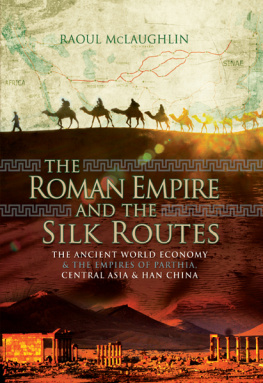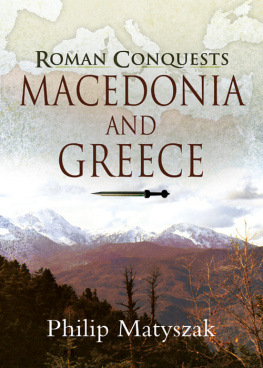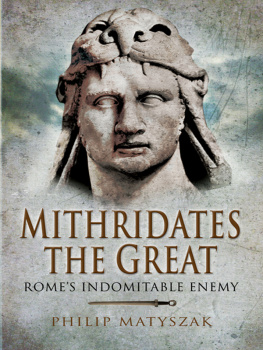
First Published in Great Britain in 2011 by
PEN & SWORD MILITARY
An imprint of
Pen & Sword Books Ltd
47 Church Street
Barnsley
South Yorkshire
S70 2AS
Copyright Richard Evans, 2011
ISBN: 978-1-844415-971-0
ePub ISBN: 9781848849747
PRC ISBN: 9781848849754
The right of Richard Evans to be identified as the author of this work has been asserted
by him in accordance with the Copyright, Designs and Patents Act 1988.
A CIP catalogue record for this book is
available from the British Library.
All rights reserved. No part of this book may be reproduced or transmitted in
any form or by any means, electronic or mechanical including photocopying, recording
or by any information storage and retrieval system, without
permission from the Publisher in writing.
Typeset by Concept, Huddersfield, West Yorkshire.
Printed and bound in England by the CPI UK.
Pen & Sword Books Ltd incorporates the imprints of Pen & Sword Aviation,
Pen & Sword Maritime, Pen & Sword Military, Wharncliffe Local History,
Pen & Sword Select, Pen & Sword Military Classics, Leo Cooper, Remember When,
Seaforth Publishing and Frontline Publishing.
For a complete list of Pen & Sword titles please contact
PEN & SWORD BOOKS LIMITED
47 Church Street, Barnsley, South Yorkshire, S70 2AS, England
E-mail:
Website: www.pen-and-sword.co.uk
List of Plates
- The Hellespont with Europe in the distance
- The Hellespont near Dardanus
- The coast near Myonessus
- The plain of the Hermus River near Magnesia-ad-Sipylum
- Mount Sipylum, close by the site of the battle
- The Temple of Artemis at Sardis
- Seleucid light cavalry clash with Roman velites skirmishers
- A Roman equites faces a Seleucid Companion
- Phalangite versus Roman legionary
- Seleucid cataphracts at Magnesia
- Ephesus, theatre and harbour
- The Temple of Artemis at Ephesus
- The acropolis at Pergamum
- The Sanctuary of Aesculapius at Pergamum
Acknowledgements
First of all I should like to thank Philip Sidnell of Pen & Sword Books for inviting me to put forward my thoughts on the subject of the Roman conquest of the lands east of the Aegean Sea. Moreover, that during the course of this work I have been able, as I intended, to advance new ideas about the wars between the Romans and Antiochus III of Syria, Mithridates VI of Pontus and Tigranes the Great of Armenia, not least concerning the mostly literary sources from which evidence for this study must be gleaned.
In the completion of this project, I should also like to thank Graham Sumner (illustrations), Ian Hughes (maps) and Mike Bishop (editing) for their kind assistance and contributions to the making of this volume, and to all the staff at Pen & Sword for being supportive in this venture. Where inconsistencies or errors remain they are of my own making.
Thanks are moreover due to Cardiff University (School of History, Archaeology & Religion) for providing me with the funds, on two occasions, to visit some of the sites mentioned in this work, including the Hermus Valley and Magnesia-ad-Sipylum. Those visits really brought home to me the geographical extent of Asia Minor (Turkey) and beyond, and hence indeed the magnitude of the struggle between the Romans and their competitors for power and supremacy in this region.
Finally, a word of thanks too to the University of South Africa (UNISA) for its continued interest in my work, for appointing me an Honorary Research Fellow of its Department of Classics and Modern Languages for the last five years, a now-longstanding connection which I certainly hope will endure in the future.
(Pontypridd 2010)
Introduction
The growth of Rome from Italian power to universal empire occupies nearly 250 years; from its acquisition for the first time of overseas territories in Sicily, Sardinia and Corsica between 241 and 238 BC to the subjugation of the Celtiberians in North West Spain and the tribes along the Rivers Rhine and Danube towards the close of the first century. This was an epoch of vibrant acculturation in the Mediterranean as Roman and Greek civilisations blended to bequeath fundamental and pervasive influences on the modern world. This was a time of wars on a scale hitherto unseen, of great Roman triumphs and equally catastrophic disasters. Successfully-concluded wars delivered immense wealth to the Romans who adorned their city to such an extent that it became famed not only during antiquity but has remained a fascination ever since. These same wars paradoxically also created a period of peace pax Romana which has similarly never been equalled to the present day. This period was one of great innovation and one which produced arguably some of the most influential and dominating figures of world history: Caesar, the elder and younger Cato, Cicero, Pompey, Scipio Africanus. It was also an age, human nature being what it is, of massive corruption and terrible suffering generally excused and condoned as being in the interest of the state. Yet, in tandem, this was also a time of profound religiosity and cultivated lifestyle.
Against this complex and, some might say, weighty backdrop, Romes conquest of Asia Minor, Syria and Armenia might appear at a cursory glance as a relatively minor event, lacking much controversy or indeed strain on the conqueror. It might almost pass unnoticed. However, this would be a nave and simplistic take on the events which in fact dominated political agendas at Rome for nearly 150 years. Romes first contacts with the East came early in its history, with constant exposure to Hellenic influence on account of the close proximity of cities such as Tarentum and Rhegium in Magna Graecia and Syracuse in Sicily. The wars for supremacy in the West with Carthage actually drew Rome closer to the East; it was only a matter of time before these worlds collided. Macedonian support for Hannibal in the Second Punic War sparked Roman intervention across the Ionian Sea for the first time, while the intrigues of the Syrian king Antiochus III drew Roman armies across the Aegean. The kingdom of Pergamum was presented to the Roman state in the last will and testament of its king, Attalus, and became the province of Asia. The other kingdoms and states of Asia Minor, Syria too, became Roman provinces or subject states as a result of thirty years of war with Pontus and its great warrior-king, Mithridates Eupator. By the middle of the first century BC Roman might had extended to the mountains of the Caucasus and to the headwaters of the Rivers Euphrates and Tigris. It is this story of conquest which is treated in the following pages.





